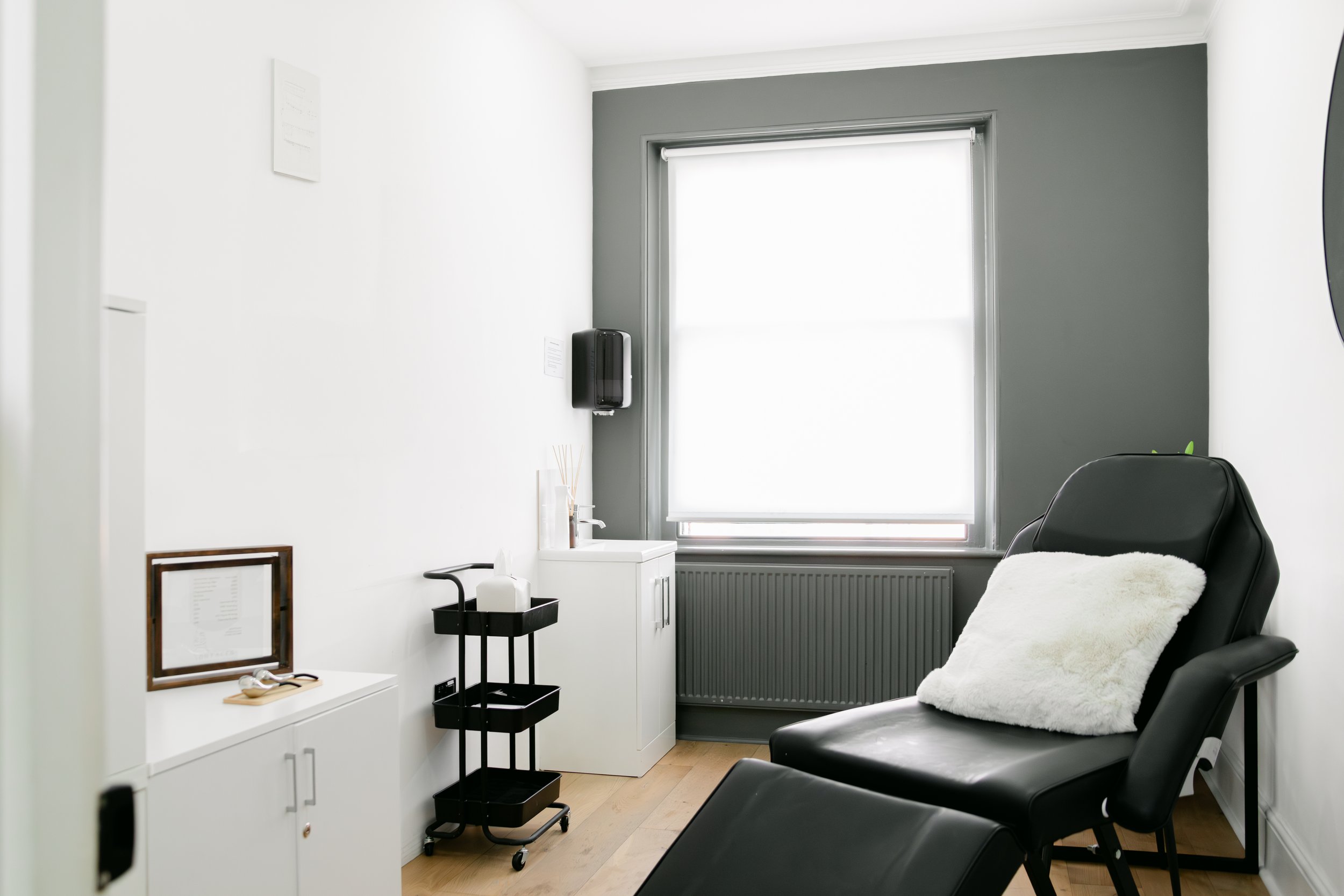
PRP Therapy
Whether you want to address damage to your skin's barrier, acne scars or fine lines crow’s feet, frown lines, Platelett Rich Plasma Therapy is a deep effective treatment to restore your skin’s youthful appearance. PRP, or Platelet-Rich Plasma, is a cutting-edge treatment that utilises your body's own healing properties to rejuvenate the skin and stimulate hair growth
How does it work?
The process begins with drawing a small amount of your blood, which is then placed in a centrifuge to separate the platelet-rich plasma from other blood components. This concentrated plasma, rich in growth factors, is carefully injected into targeted areas of the skin or scalp. The growth factors in PRP promote tissue repair and collagen production, enhancing skin texture, tone, and elasticity. PRP therapy is minimally invasive and widely valued for its natural approach so no toxins or foreign gels are injected in the process. This makes is safe for pregnant and breastfeeding women
FAQ’s
-
PRP therapy involves drawing a small amount of your blood, processing it to concentrate the platelets, and then injecting them into your facial skin. Platelets are well-known for their growth factors, and they aid in tissue repair and regeneration, which can enhance collagen production, improve skin texture, and promote a youthful appearance.
-
PRP therapy is used to address several skin concerns including fine lines and wrinkles, acne scars, large pores, and uneven skin texture. It's also praised for improving skin elasticity and creating a fresh, glowing complexion.
-
PRP therapy is generally considered safe since it uses your body's own platelets, reducing the risk of allergic reactions. However, some side effects can occur, such as mild swelling, redness, bruising, and in rare cases, infection. These effects are typically temporary.
-
The longevity of PRP therapy results can vary depending on individual skin conditions and other factors. Results usually last between 12 to 18 months. Maintenance sessions every 6 to 12 months may be suggested to sustain results.
-
During the procedure, you can expect a blood draw, followed by the separation of platelets, and finally, the injection into target areas of your face. The procedure is relatively quick, usually lasting about an hour. Post-treatment, slight redness and swelling may occur but generally subside within a few days.
